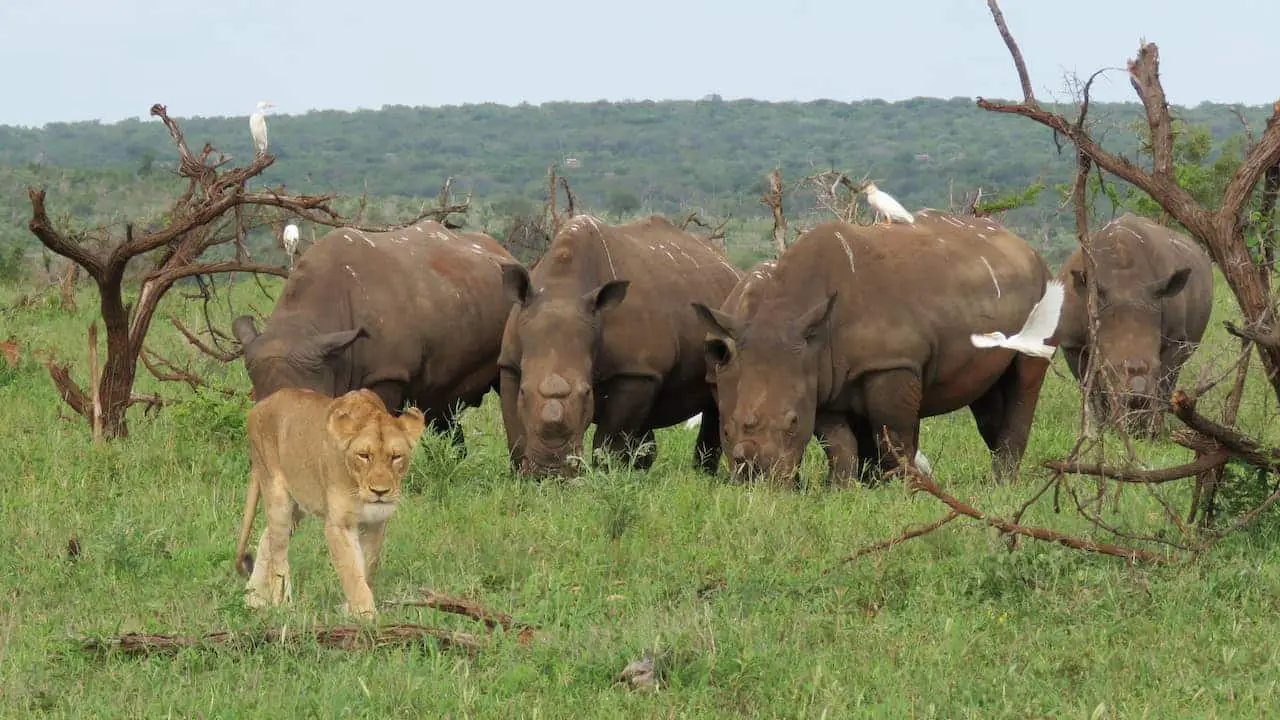Adventure Tourism from a Legal Perspective – Part 1
This series of articles explores the legal aspects associated with the risks of operating an adventure tourism business, with specific relevance to the legal framework applicable to South Africa.
By ‘Louis The Lawyer’
DEFINITIONS
Before we start on this series of articles relating to the legal aspects associated with operating an adventure tourism business, we need to clarify what the term ‘Adventure Tourism’ entails. There are a variety of definitions but the key elements seem to be incorporated in the following definitions:
Adventure travel is a type of tourism, involving exploration or travel with perceived (and possibly actual) risk, and potentially requiring specialized skills and physical exertion. Adventure tourism has grown in recent decades, as tourists seek different kinds of vacations, but measurement of market size and growth is hampered by the lack of a clear operational definition.
According to the U.S. based Adventure Travel Trade Association, adventure travel may be any tourist activity that includes the following three components: a physical activity, a cultural exchange and connection with nature. Source: Wikipedia.
The above is expounded more graphically in the following definition:
Adventure Tourism may be defined as a leisure activity that takes place in an unusual, exotic, remote, or wilderness destination and tends to be associated with high levels of involvement and activity by the participants, most of it outdoors. Adventure travellers are explorers of both an outer world, especially the unspoiled, exotic parts of our planet and an inner world of personal challenge, self perception and self mastery. Source: Thompson Rivers University.
Derivatives of the above include ‘Disaster tourism’ i.e. the act of travelling to a disaster area as a matter of curiosity (Remember the movie ‘Twister’?) and ‘Extreme tourism’ which involves travel to dangerous (extreme) locations or participation in dangerous events or activities (Wikipedia) and participation can be guided (professional guide) or self-guided, with or without commercial operator.
ACTIVITIES
There are a number of activities that are deemed to comprise adventure tourism and here are a few examples (from Wikipedia, R. Buckley & Johan Ratcliffe of ‘Dirty Boots’):
• Back Packing (including ‘Slackpacking’)
• Biking – Mtb or Motorized
• Boat Trips
• Bungee Jumping
• Canoeing & Kayaking
• Experiential Travel
• Horse Riding
• Hot Air Ballooning
• Mountaineering
• Parachuting & Paragliding
• Rafting (Including White Water)
• Safari – On Foot (Guided Trails)
• Shark Tourism
• Skiing & Snowboarding (including ‘Heli-skiing’)
• Tunnel Tourism
• Wildlife Watching
• Zip Lining.
CATEGORIES
Broadly speaking, the following appears to be the generally accepted categories of adventure tourism but clearly some of these can over-lap:
SOFT– This is for non-adrenaline junkies and families and would include adventure holidays e.g. canopy tours.
NATURE BASED – Elephant walks, gorilla tracking and swimming with Dolphins.
HARD/EXTREME – A higher element of risk and professionalism is involved.
To be continued.
Disclaimer: This article is intended to provide a brief overview of legal matters pertaining to the tadventure tourism industry and is not intended as legal advice. © Adv Louis Nel, ‘Louis The Lawyer’, June 2016.




